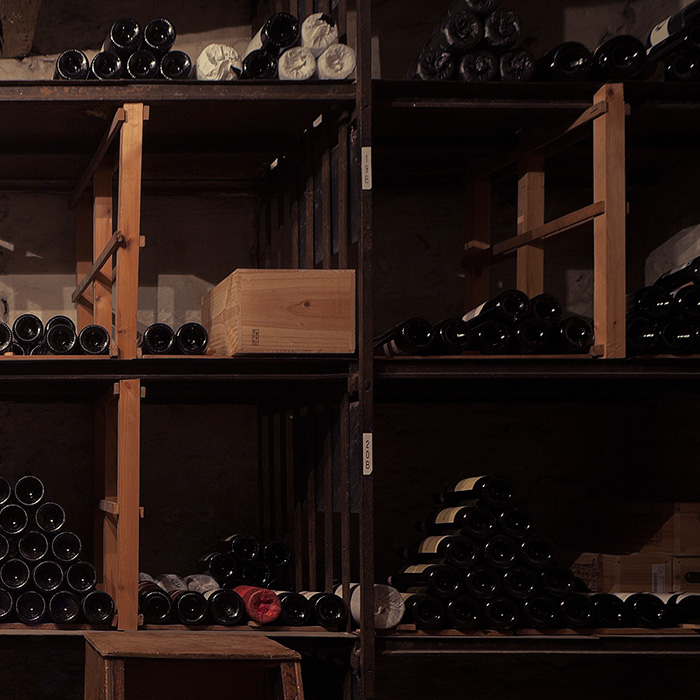What to drink in 2017: red Burgundy
Author: Tom Cave

Photograph: Joakim Blockstrom
The 1999s, at Premier and Grand Cru level, are still developing, though anyone lucky enough to have any should by now have at the very least broached a case to see how they are. The 2000 and 2001 vintages continue to offer some real pleasure and are, in the main, at their best. Fifteen years on and the 2002s are as good as ever hoped. The higher tier wines will go on, the others should be enjoyed now as they have reached their optimum drinking plateau. The 2003 vintage is one to be approached now at all levels, if you haven’t already, though they are holding up well despite the heat of the vintage. The 2004s have a hardness and they don’t seem to be softening – most of these should be consumed soon if not already.
The 2005s from lesser vineyards are glorious now and a wonderful indicator of just how good their peers will be, still developing and with years ahead of them. It is time to start looking at 2006 and 2008, while drinking up most remaining 2007s. The wines of 2009, and 2010, offer excellent drinking at more everyday levels; those higher up the scale, for high days and holidays, have more to offer and warrant further cellarage. Generic Burgundy and “lesser” village wines from both 2011 and 2012 are most satisfying now, with more to come from more exalted vineyards. The 2013s, and 2014s, remain for now a “hold”, but Cru Beaujolais from these vintages can be very exciting and excellent value.
Browse our collection of Burgundy, including the excellent 2015 vintage en primeur, on bbr.com.



Just drunk the Marsannay Domaine Jean Fournier 2011 and 2012 from the Wine Club. Both excellent.